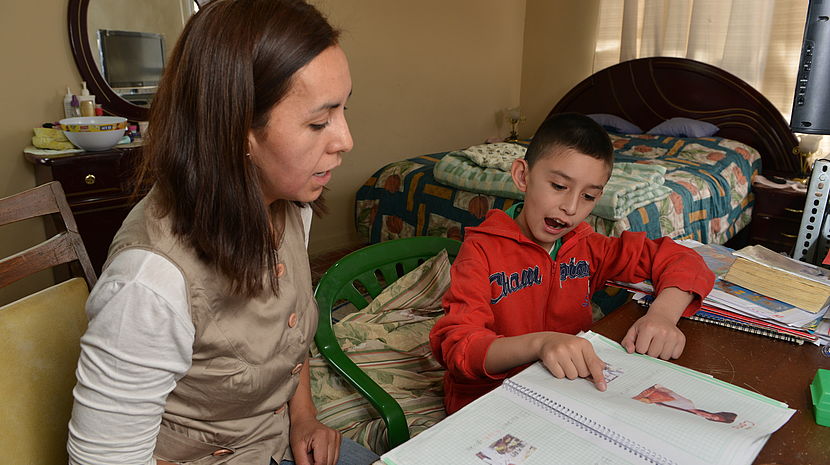One year since the EU was issued with recommendations to implement the CRPD

©CBM
On 2nd October 2016 it will be one year since the European Union was issued with recommendations to implement the Convention on the Rights of Persons with Disabilities (CRPD). Of the 36 recommendations, three were singled out for action within the first 12 months, namely: the declaration of areas of competence, the European Accessibility Act and the monitoring mechanism.
Diane Kingston (IAA Deputy Director) gives us an update on these three recommendations and others.
Progress
Commendation to the Parliament on the publication of its comprehensive report on the CRPD implementation. Congratulations also for the adoption by the European Union of a new Directive on the accessibility of public sector bodies’ website this year was great news. In addition, at the end of September the Commission published a proposal for the ratification of the Marrakesh Treaty (to make published works accessible to blind and visually impaired people) by the EU.
Limited progress
The Commission rapidly withdrew as part of the independent monitoring mechanism soon after its review by the CRPD Committee, but made no formal announcement and still leaves a big question mark about the funding of its functions. I believe as well that the role of the Parliament must also be examined as well with regard to its remit in the monitoring framework.
In December 2015, a proposal for the European Accessibility Act emerged, but must now be discussed in the Parliament and Council. There are also areas of concern regarding the scope of application of the Directive, which does not cover the premises of providers of goods and services.
The recommendation to establish a social protection floor to protect persons with disabilities from austerity measures and to ensure an adequate standard of living has seen no traction. In March 2016, the Commission published the first outline of the European Pillar of Social Rights and opened the consultation for inputs from stakeholders. The stated aim of the Social Pillar is to provide a reference framework to screen the employment and social performance of EU Member States. What is a crucial test is to see if the Pillar will mainstream the rights of persons with disabilities as enshrined in the Convention.
There was a public consultation on the mid-term review of the European Disability Strategy 2010-2020 last year, and the Commission will publish a progress report. However, it is missing a trick in not providing new actions to ensure the implementation of the remaining five years of the strategy. What appears to be lacking and is desperately needed, is an overarching CRPD strategy for all three EU institutions (the Commission, Parliament and Council).
No progress to date
In terms of updating of the declaration of competences including a crosscutting review of all EU laws and policies, the Commission has promised to respond by the end of the year, but has not provided further clarification how it will involve the Parliament and Council in this exercise.
Article 4.3 of the CRPD calls for the participation and inclusion of persons with disabilities in decisions that affect their lives. However, there has been no proposal to date from the Commission on a structured dialogue with representative organisations of persons with disabilities. The Commission in a recent hearing in September 2016 on the implementation of the CRPD considered their intervention as their structured dialogue with organisations of persons with disabilities, but it is important for regular and mandatory inclusion at the European Commission’s inter-service group on disability and other important decision making bodies at EU level.
The European Ombudsman is investigating two issues relating to recommendations on: a) discriminatory policy towards pupils with disabilities in European schools; and, b) the joint sickness and insurance schemes that discriminates against EU staff with disabilities and staff with family members with disabilities.
Finally, core to the work of CBM – to ensure disaster risk-reduction policies and programmes are inclusive of and accessible to all persons with disabilities, build capacity and share good practice and establish a monitoring and accountability framework have seen no progress so far. The recommendation to ‘lead in the implementation of disability-inclusive Sustainable Development Goals’ has yet to be realised. This was one of the main recommendations included in the Parliament’s Report on the implementation of the CRPD, led by the Committee of Employment and Social Affairs. This report had the support of several committees in the Parliament, such as the Development Committee, which gave some concrete actions that the EU should take in order to establish disability-inclusive development cooperation. CBM made a number of written and oral inputs into the Parliament Report highlighting the importance of external policies. Given the SDGs timeline is only 15 years, taking the lead cannot wait another year.